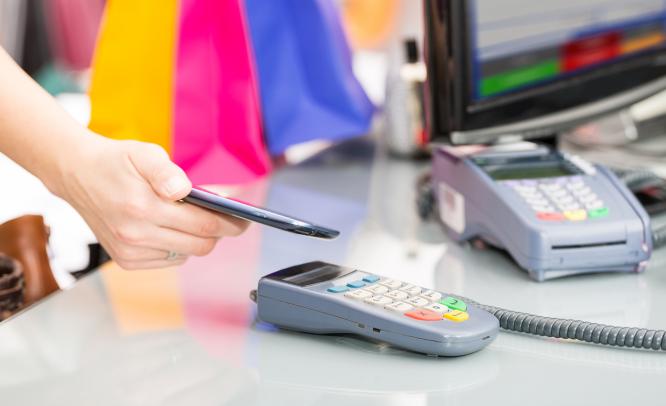The reason is the huge proportion of the population that does not have a bank account
IFM Correspondent
January 31, 2016: Consumers around the world are increasingly using mobile phones to make online payments. This is helped by the increase in the number of people using smartphones.
According to Statista, the overall number of mobile phone users reached 4.43 billion in 2015. This number was expected to grow to 4.61 billion in 2016 and 4.77 billion in 2017.
The most commonly used form of cashless payment is the digital wallet. A digital wallet is an electronic device that allows individuals to make electronic transactions.
IDC Financial Insights and ACI Worldwide conducted a survey across nine markets of 2,000 customers to understand where payments stand currently and how they will evolve. According to the results, China is a major user of the smartphone wallet technology with over 70% of those using online payment options using this technology.
In Australia, the number is a mere 5%. The main reason behind Australia recording such a low figure is that the bulk of the population has bank accounts and uses credit cards as opposed to using their smartphones for transactions. On the other hand, in emerging markets like China and India, a huge proportion of the population does not have a bank account. Hence, they opt for mobile solutions instead of plastic money.
India has become a prominent market for e-wallets after the recent demonetisation of high-denomination currency forced the population to explore alternative payment systems. Paytm is the market leader in India followed by Freecharge, MobiKwik and Oxigen.
Bipin Preet Singh, founder & CEO, MobiKwik, says, “The dynamic mobile wallet started with recharges less than a decade ago and has now seen adoption across payments sectors. Innovations such as cash loading in wallets have led to tremendous increase in user base.” The company reported a growth in user of 10 million in November alone and saw transactions multiply up to 18 times.
Denmark is in the forefront when it comes to cashless payments. In 2013, its biggest bank Danske Bank developed an app called ‘MobilePay’ through which you can transfer money with your smartphone. In 2015, more than half the population used the app to make payments.
Industry experts believe that these numbers will only grow in the near future and they say that usage can be accelerated by making the payment process simpler for customers. The market for digital wallets is vast and there is untapped potential, which can be realised when consumers see a clear value proposition.


